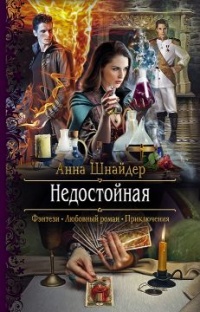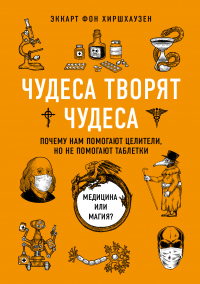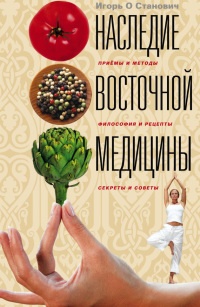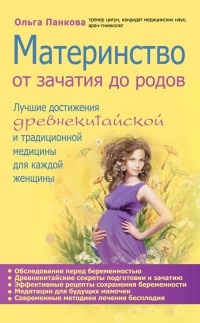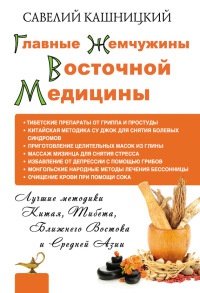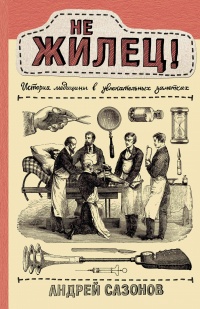Книга 0,05. Доказательная медицина от магии до поисков бессмертия - Петр Талантов
Шрифт:
Интервал:
Закладка:
Hornblum A. M. They were cheap and available: prisoners as research subjects in twentieth century America // BMJ. 1997. November 29. Vol. 315. P. 1437–1441.
Rice, J. B. (reported) Interrogation of General Gerhard Rose: vice-president of the Robat Koch Institute, Berlin, chief consultant in tropical medicine to the German Air Force. [England?]: Combined Intelligence Objectives Sub-Committee, [not before June 1945].
Chernin E. Richard Pearson Strong and the Iatrogenic Plague Disaster in Bilibid Prison, Manila, 1906 // Reviews of Infectious Diseases. 1989. November-December. Vol. 11. № 6. P. 996–1004.
The Lübeck catastrophe // British Medical Journal. 1931. June 6. Vol. 1. P. 986.
Vollmann J., Winau R. Nuremberg doctors’ trial: informed consent in human experimentation before the Nuremberg code // BMJ. 1996. December 7. Vol. 313. № 7070. P. 1445–1447.
Langer E. Human experimentation: Cancer studies at Sloan-Kettering stir public debate on medical ethics // Science. 1964. February 7. Vol. 143. № 3606. P. 551–553.
Thomas S. B., Quinn S. C. The Tuskegee Syphilis Study, 1932 to 1972: implications for HIV education and AIDS risk education programs in the black community // American Journal of Public Health. 1991. November. Vol. 81. № 11. P. 1498–1505.
Brandt A. M. Racism and research: The case of the Tuskegee Syphilis study // The Hastings Center Report. 1978. Vol. 8. № 6. P. 21–29.
Corbie-Smith G. The continuing legacy of the Tuskegee Syphilis Study: Considerations for clinical investigation // The American Journal of the Medical Sciences. 1999. January. Vol. 317. № 1. P. 5–8.
Reverby S. M. More than fact and fiction: Cultural memory and the Tuskegee syphilis study // The Hastings Center Report. 2001. September-October. Vol. 31. № 5. P. 22–28.
Annas G. J. The changing landscape of human experimentation: Nuremberg, Helsinki and Beyond // Health Matrix: The Journal of Law-Medicine. 1992. Vol. 2. № 2. P. 119–140.
Seidelman W. E. Nuremberg lamentation: for the forgotten victims ofmedical science // BMJ. 1996. December 7. Vol. 313. № 7070. P. 1463–1467.
Trials of War Criminals before the Nuremberg Military Tribunals under Control Council Law No. 10. Washington, D. C.: U. S. Government Printing Office, 1949. Vol. 2. P. 181–182.
Public health // JAMA. 1896. June 6. Vol. XXVI. № 23. P. 1138–1140.
Report IV. Contemporary Issues in Medicine: Basic Science and Clinical Research. Medical School Objectives Project, 2001.
Millum J., Grady C. The ethics of placebo-controlled trials: methodological justifications // Contemporary clinical trials. 2013. November. Vol. 36. № 2. P. 510–514.
Challenging ethical issues in contemporary research on human beings. National Health and Medical Research Council (NHMRC). Canberra, ACT: Australian Government, 2007.
Hiltner S. The Tuskegee Syphilis Study under review // Christian century. 1973. November 28. Vol. 90. № 43. P. 1174–1176.
Howard-Jones N. Human experimentation in historical and ethical perspectives // Social Science & Medicine. 1982. Vol. 16. № 15. P. 1429–1448.
Bernstein J. E. Ethical considerations in human experimentation // Journal of clinical pharmacology. 1975. August- September. Vol. 15. № 8–9. P. 579–590.
Katz R. V. The legacy of the Tuskegee Syphilis Study: assessing its impact on willingness to participate in biomedical studies // Journal of health care for the poor and underserved. 2008. November. Vol. 19. № 4. P. 1168–1180.
Rasko J., Power C. Dr Con Man: the rise and fall of a celebrity scientist who fooled almost everyone // The Guardian. 2017. September 1.
The Macchiarini case: investigation of the synthetic trachea transplantations at Karolinska University Hospital. 2016. August 31.
Novella S. Selling Stem Cell Hype // Skeptical Inquirer. 2011. September/October. Vol. 35.5.
Shuster E. Fifty years later: The significance of the Nuremberg Code // The New England Journal of Medicine. 1997. November. Vol. 337. P. 1436–1440.
The Human Radiation Experiments: Final Report of the Advisory Committee on Human Radiation Experiments. Oxford University Press, 1996.
Киселев В. А. Биоэтический словарь. 2-е изд., испр. и доп. Екатеринбург: УГМА, 2006
Vineis P. History of bias // Sozial-und Präventivmedizin. 2002. September. Vol. 47. № 3. P. 156–161.
Buck C., Llopis A. et al. The challenge of epidemiology: issues and selected readings. Pan American Health Org, 1988.
Karamanou M., Panayiotakopoulos G., Tsoucalas G., Kousoulis A., Androutsos G. From miasmas to germs: a historical approach to theories of infectious disease transmission // Le Infezioni in Medicina. 2012. March. Vol. 20. № 1. P. 58–62.
Sterner C. S. Brief history of miasmic theory // Bulletin of the History of Medicine. 1948. Vol. 22.
Юркова З. В. Сенная площадь. Вчера, сегодня, завтра. М.: Центрполиграф, 2011.
Bosin Y. V. Russia, cholera riots of 1830–1831 / Ness I. ed. International Encyclopedia of Revolution and Protest. Blackwell Publishing, 2009. P. 2877–2878.
McGrew R. E. The first Russian cholera epidemic: themes and opportunities // Bulletin of the History of Medicine. 1962. January 1. Vol. 36. P. 220.
Snow J. The cholera at Albion terrace // London Medical Gazette. 1849. September. Vol. 44. P. 504–505.
Hill A. B. Snow – An Appreciation // Proceedings of the Royal Society of Medicine. 1955. Vol. 48. P. 1008–1012.
Parkes E. A. Mode of Communication of Cholera. By John Snow, MD: Second Edition – London, 1855, pp 162 // International Journal of Epidemiology. 2013. Vol. 42. № 6. P. 1543–1552.
Snow J. On the mode of communication of cholera. John Churchill, 1855.
Budd W. Malignant Cholera: its cause, mode of propagation, and prevention // International Journal of Epidemiology. 2013. Vol. 42. № 6. P. 1567–1575.
Smith G. D. Commentary: Behind the Broad Street pump: aetiology, epidemiology and prevention of cholera in mid-19th century Britain // International Journal of Epidemiology. 2002. October. Vol. 31. № 5. P. 920–932.
Ackerknecht E. H. Anticontagionism between 1821 and 1867: The Fielding H. Garrison Lecture // International Journal of Epidemiology. 2009. February. Vol. 38. № 1. P. 7–21.
Koch R. An address on cholera and its bacillus // British Medical Journal. 1884. September. Vol. 2. № 1236. P. 453–459.




















